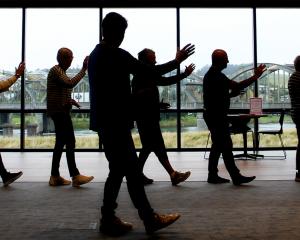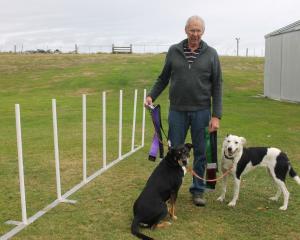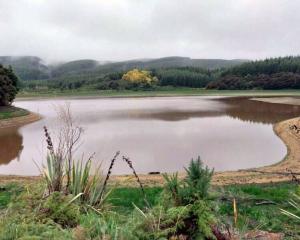The ''Big River Town'' has for too long ignored its greatest asset, the Clutha River, Clutha district councillors were told this week.
Architect Philip Gilchrist, who grew up in Romahapa, told councillors it was clear to him ''the town had no connection to the river at all''.
Mr Gilchrist, who along with Irene Mosley, of Results Consulting, is doing a feasibility study for the South Otago Historical Society on how best to tell the story of the area, said he had come to this conclusion fairly early in that work.
More should be done to celebrate the river that brought New Zealand to the world's attention in the 1860s.
Mr Gilchrist encouraged the council, which was hearing submissions on its draft long-term plan, not to pursue relocating the town's i-Site to a vacant building in Clyde St after the town's main street upgrade, but rather to keep it in the town's memorial hall.
The council is exploring both options.
He supported the museum moving into the hall, as well.
There was an opportunity to create a ''community hub'' at the memorial hall, which stands on the bank of the Clutha River, he said.
The sports community was well served and the memorial hall presented an opportunity for the ''arts and culture side to do the same thing''.
Historical society president Russell Harris told councillors he supported retaining the i-Site at the memorial hall, as well as moving the museum to it. The society is not happy with the South Otago Museum building in Renfrew St.
Mr Gilchrist said the memorial hall design, typical of the Clutha area, was humble and stood counterpoint to the ''pomp and grandeur'' of Dunedin.
He rebuked the council for not taking advantage of the river and said visitors might want to see where it ran out to sea. Unless they were on a boat, they could not.
''There is not even a road to the mouth of the river.''












